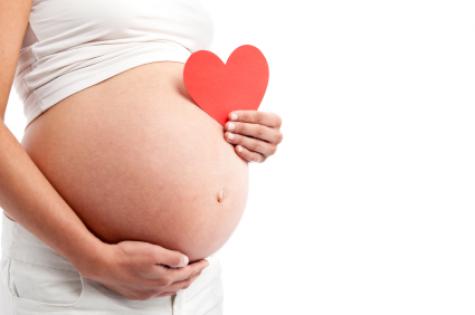Each trimester lasts three months and within these months, significant changes will occur for both the mother and her child. During each individual trimester, specific changes will occur at approximately the same time for all women.
The first trimester can be difficult for new mothers because of the hormonal changes that occur during this stage of pregnancy. Most women become aware that they are pregnant when their hormones go into full swing. The change in hormones can cause headaches, nausea and vomiting as well as an increased appetite. Women that suspect that they are pregnant can take a urine test, which can establish whether human Chorionic Gonadotropin or hCG is present. Blood can also be drawn from the arm can also be tested to determine whether the hormone is present. Once it has been determined that there is a pregnancy it is important for a woman to begin visiting her physician on a regular basis. Most women visit a doctor during the first trimester every four weeks. The first twelve weeks are a time of rapid development for the fetus. By week ten the fetus will be recognizable as a small baby.
During the second trimester a woman can expect the morning sickness to disappear though some women experience it through their entire pregnancy. Common complaints during this stage of pregnancy include weight gain, back pain and fatigue. During this trimester the baby is beginning to gain weight and will continue to develop their organs. A woman will begin seeing her physician more frequently during the second trimester. Typically a woman will begin making visits every three weeks during the fifth and sixth month.
Depending on the age and ethnic background of a woman her physician may advise her to have an amniocentesis. During the amniocentesis a small amount of amniotic fluid is extracted through the woman’s abdomen using a long needle. This procedure tests for Down’s syndrome, Tay-Sachs disease, Huntington’s chorea, sickle-cell anemia and Hunter’s syndrome and can also identify the sex of the child.
The third trimester of a pregnancy may be the most difficult time for a woman. Typical complaints include increased heartburn, bloating, back pain and swelling of the feet and ankles. It may also be a time of anxiety for new mothers as they try to prepare for the arrival of a new child. A woman will begin visiting her physician frequently during this time, especially if she is showing signs of pre-eclampsia, high blood pressure or gestational diabetes.
The baby changing position from head up to facing downwards often marks the eighth month of pregnancy. Many babies will continue to change position until several days before labor begins. The end of this stage of pregnancy is marked by the delivery of the child. A typical labor lasts 15 hours or less, depending on how many children a woman has delivered previously. Most women can expect subsequent labors to last half as long as the previous ones.
A woman usually stays in the hospital for a minimum of three days following the delivery of a child. Occasionally she may stay longer if she had a difficult delivery. After three days in the maternity ward the mother and baby are usually discharged from the hospital. It is important to the new mother to visit her physician a few weeks after delivery to make sure that they are recovering from the pregnancy. The new baby will also need to visit their physician to make sure that they are thriving and doing well with their new family.








 Agree (0)
Agree (0) Disagree (
Disagree (

__small.jpg)









__small.png)










